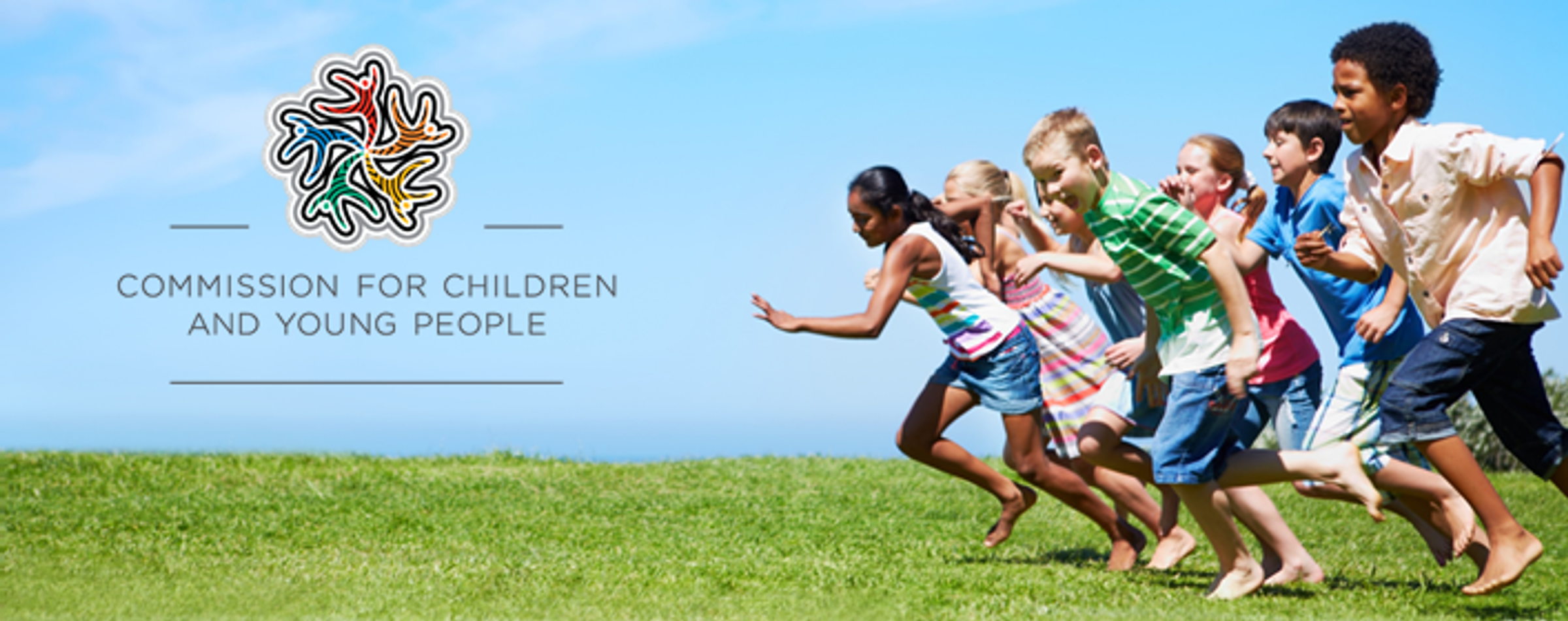Child Safe Standards

Standard 1
Organisations establish a culturally safe environment in which the diverse and unique identities and experiences of Aboriginal children and young people are respected and valued.
Minimum requirements
In complying with Child Safe Standard 1 an organisation must, at a minimum, ensure:
1.1 A child’s ability to express their culture and enjoy their cultural rights is encouraged and actively supported.
1.2 Strategies are embedded within the organisation which equip all members to acknowledge and appreciate the strengths of Aboriginal culture and understand its importance to the wellbeing and safety of Aboriginal children and young people.
1.3 Measures are adopted by the organisation to ensure racism within the organisation is identified, confronted and not tolerated. Any instances of racism are addressed with appropriate consequences.
1.4 The organisation actively supports and facilitates participation and inclusion within it by Aboriginal children, young people and their families.
1.5 All of the organisation’s policies, procedures, systems and processes together create a culturally safe and inclusive environment and meet the needs of Aboriginal children, young people and their families.
Compliance indicators
This Standard places new obligations on organisations to ensure cultural safety for Aboriginal children.
Establishing a culturally safe environment takes time, dedication and meaningful engagement. Organisations need to commit long term and take meaningful action each year to keep progressing their compliance with Standard 1.
The Commission understands that organisations will be at different stages in achieving compliance with this new Standard. Foundation steps are provided to help organisations who are yet to make a significant effort to establish a culturally safe environment for Aboriginal children. These foundation steps help organisations identify the work they must do to comply with the Standard and build a plan of action.
If your organisation feels it is already well progressed in establishing a culturally safe environment for Aboriginal children, then focusing on the foundation steps may not be necessary. Further steps are provided so your organisation can build on the work already done to continue the journey towards becoming a culturally safe organisation.
The Commission will first look for compliance with the foundation steps. The foundation steps outline the changes required to policies, procedures and public commitments, but recognise that change in organisations takes time. The plan of action should outline the organisation’s path to reaching full compliance with the Standard.
Further steps help organisations understand what full compliance with this Standard may look like.
Foundation steps
Documents
- A public commitment to the cultural safety of Aboriginal children is available and displayed for public access. (1.1, 1.4, 1.5 and links to 5.4)
- Policies and procedures relating to child safety and wellbeing, including the Child Safety and Wellbeing Policy, describe the organisation’s commitment to respecting and valuing Aboriginal children.
- The Code of Conduct and position descriptions outline expectations of staff and volunteer behaviour including:
- zero tolerance of racism and expectations that staff and volunteers will act on incidents of racism
- that children will be supported to express their culture and enjoy their cultural rights. (1.1, 1.3)
- A plan of action sets out the steps the organisation will take by 1 July 2023 to establish a culturally safe environment in which the diverse and unique identities and experiences of Aboriginal children are respected and valued. (1.1, 1.2, 1.3, 1.4, 1.5)
Actions
- Instances of racism are consistently identified and addressed. (1.3)
- The organisation identifies steps already taken to:
- support, guide or train staff and volunteers and leaders to understand, respect and value Aboriginal culture and to understand the importance of this to the wellbeing and safety of Aboriginal children (1.2 and links to 8.4)
- actively support and facilitate participation and inclusion of Aboriginal children and their families (1.4)
- recognise and celebrate Aboriginal peoples, their achievements, communities and cultures (1.2)
- ensure racism within the organisation is identified and appropriately addressed (1.3)
- create a culturally safe environment for Aboriginal children within the organisation. (1.5 and links to 5.4)
